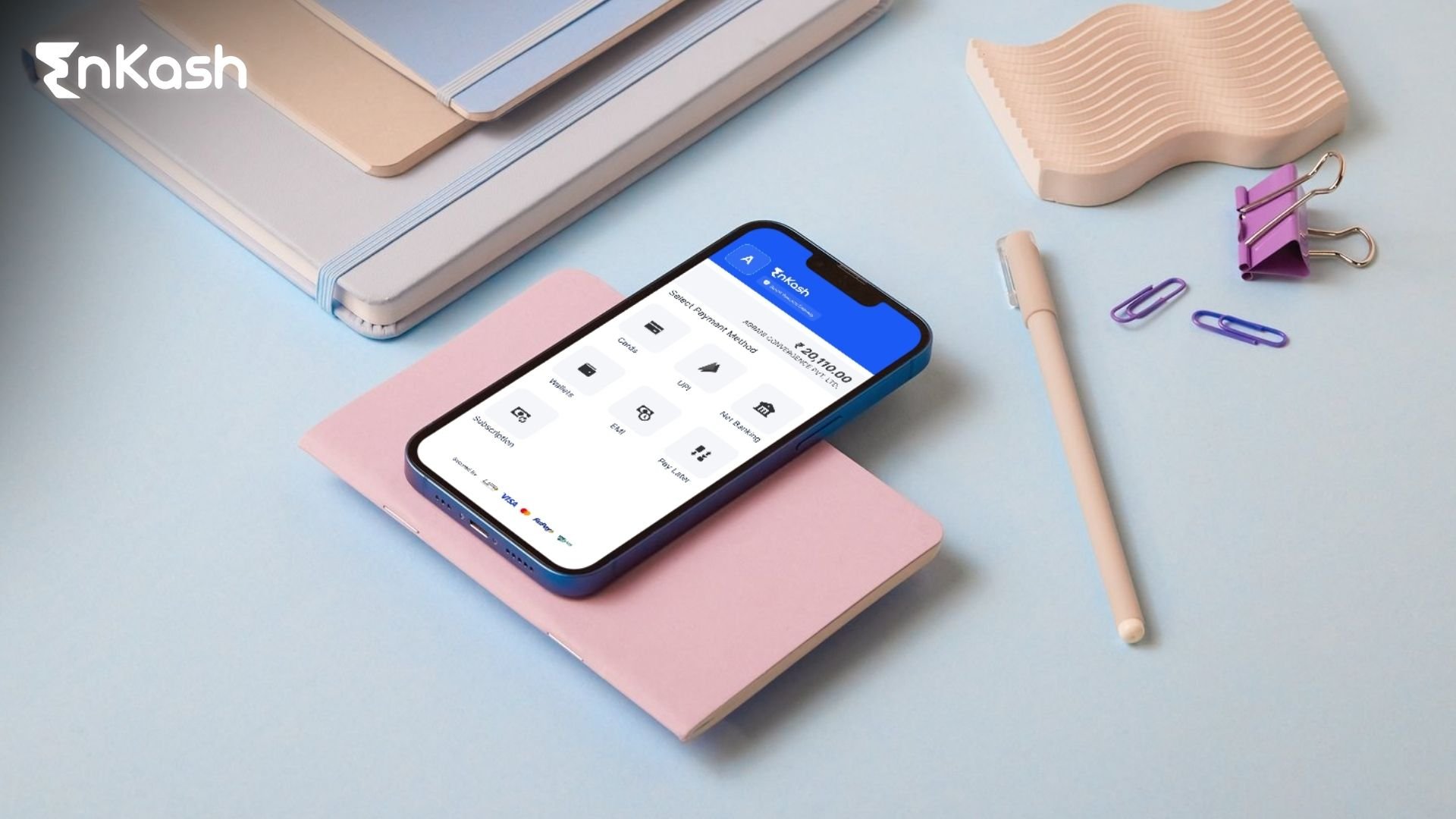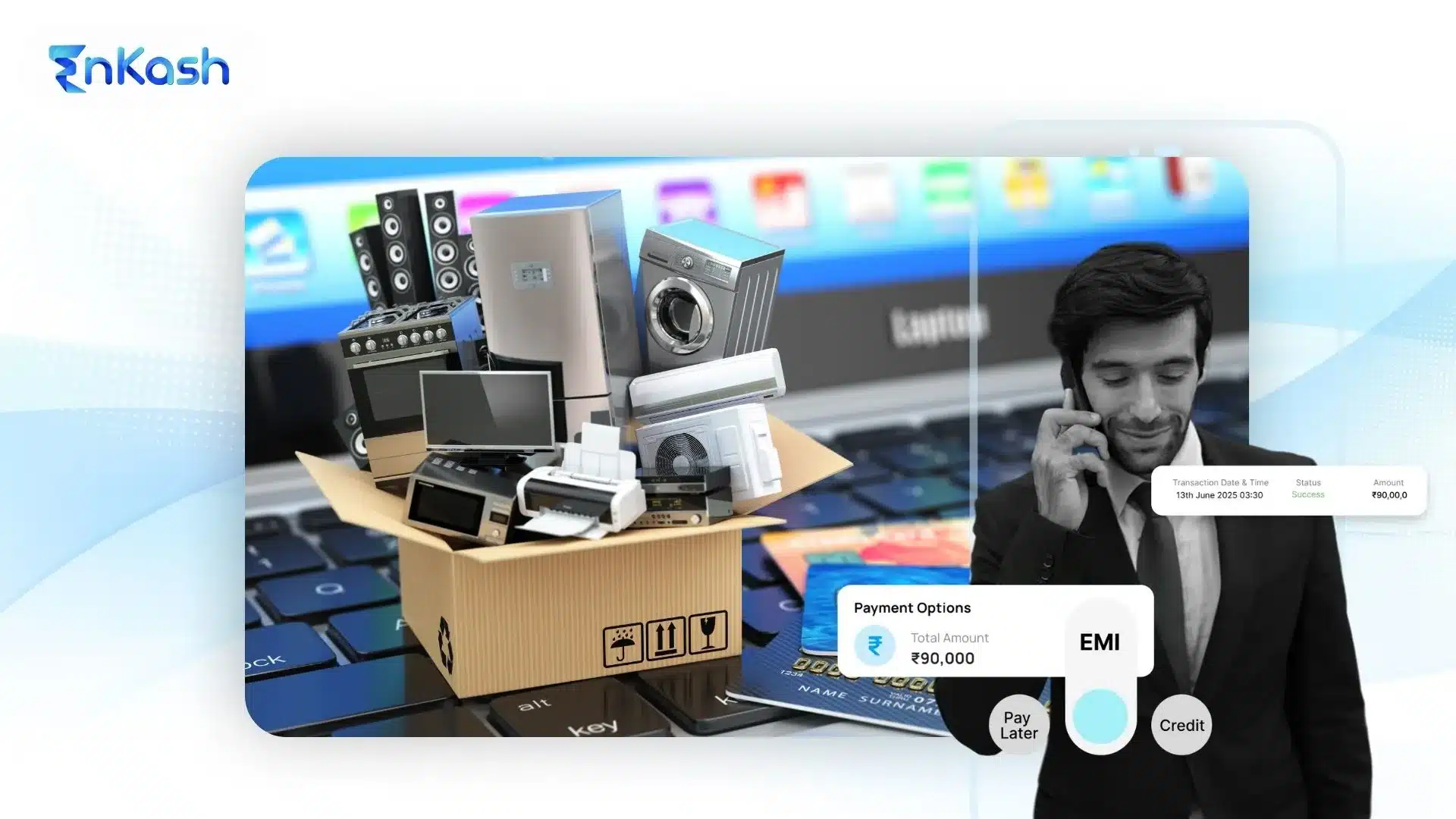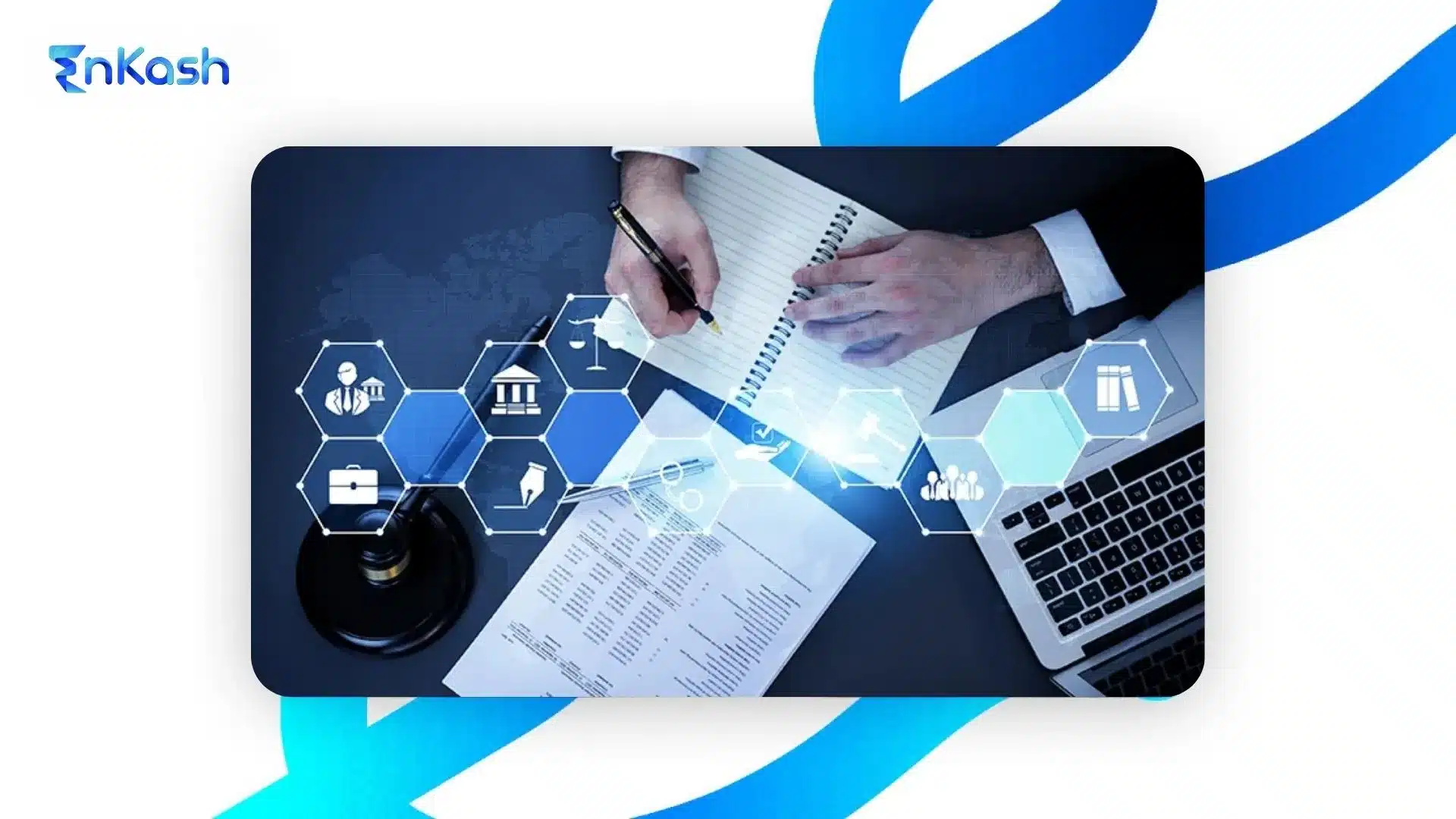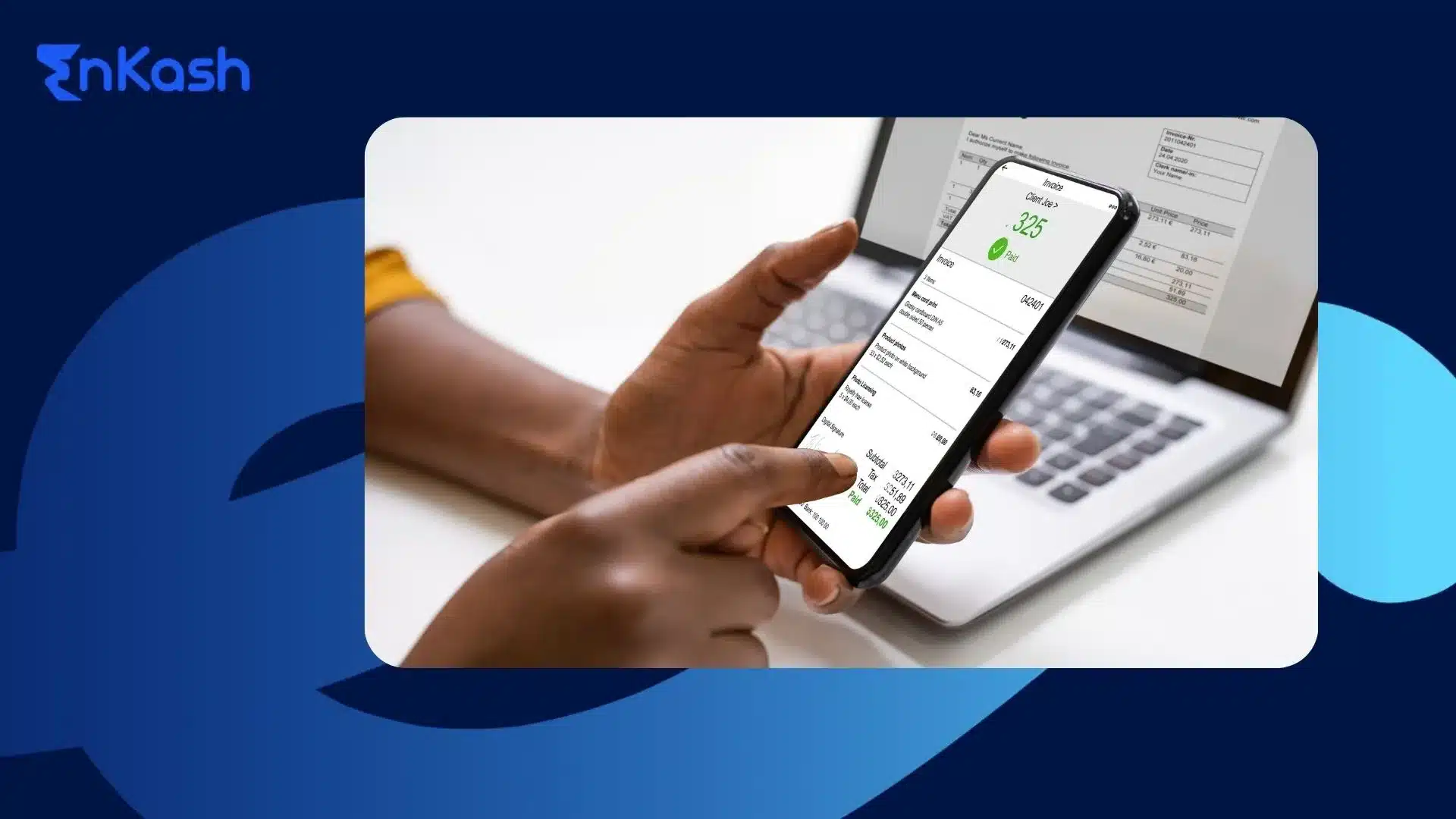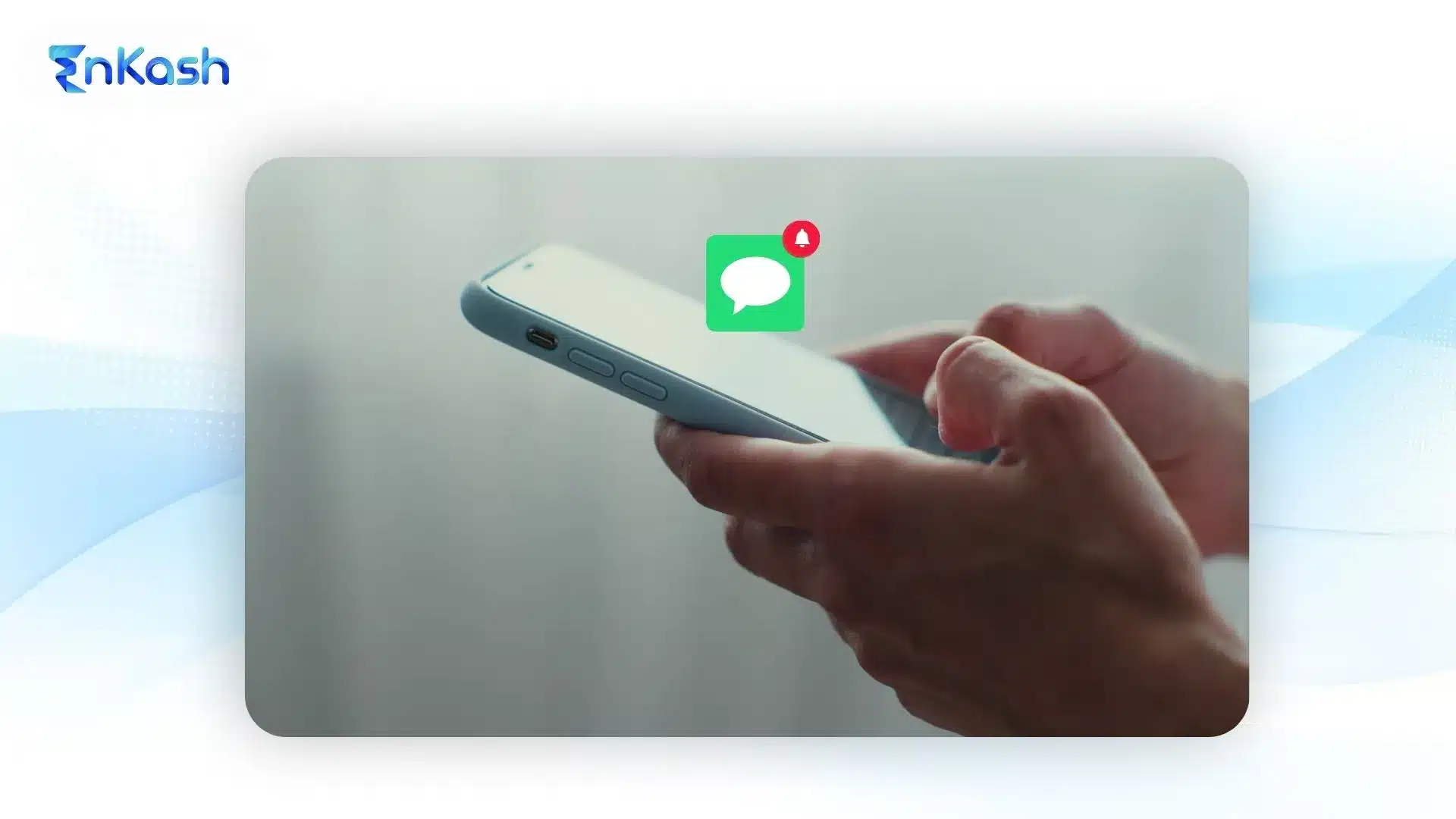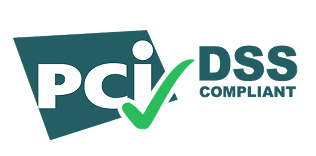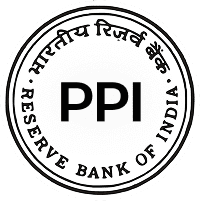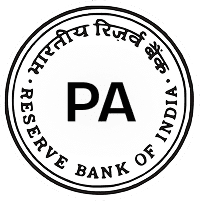In the realm of e-commerce, the checkout page plays a crucial role in turning browsers into buyers. It’s more than just a form — it’s the final step in the customer journey where the purchase decision is confirmed. While the page itself collects essential customer, shipping, and payment information, the actual transaction is processed securely in the backend through a payment gateway and acquiring bank. A smooth and trustworthy checkout experience helps minimize cart abandonment and maximize conversions. Whether you’re running a small online store or managing a large marketplace, optimizing your checkout page is vital to increasing revenue and customer satisfaction.
What is the Checkout Page?
The checkout page is the final touchpoint in an online shopper’s journey — the bridge between cart and order confirmation. After customers add items to their cart and proceed to buy, the checkout page collects critical details such as shipping information, contact data, and preferred payment method. However, it’s important to note that the checkout page doesn’t process the payment itself. Instead, once the information is submitted, it is securely handed off to a payment gateway, which then routes the transaction to the acquiring bank for approval. A well-designed checkout experience ensures this flow feels seamless and secure to the customer, which is essential for reducing drop-offs and building brand trust.
Why is the Checkout Page Important?
Secure Payment Gateway Interface
The checkout page connects the customer, the merchant, and the payment processor. It ensures that sensitive data gets transmitted securely to approve the transaction. Hence, if the payment interface is not secure, the transaction could fail, or potential buyers might have second thoughts.
Enhances the Shopping Experience
An easy-to-use layout, along with a clean design and fast loading time, gets the customer from one step of the procedure to the next with ease. These include things such as auto-fill, tooltips, and logical flow through forms that can greatly enhance the completion of sales.
Builds Trust and Credibility
Trusting clues like security badges or SSL certificates, along with subsets of trusted payment logos (like Razorpay or Visa, or PayPal), provide the customer with confidence, especially when new visitors or first-time buyers enter the scene.
Ensures Security
Since credit card data and personal information are at stake, the checkout page must be considered fully secure. SSL encryption and compliance with PCI-DSS standards are essential. Security is not only a technical requirement; it’s a matter of assuring customers that their data is safe.
Directly Determines Sales
When customers come across hidden charges, too many steps, and insufficient payment options on their checkout pages, they drop off. By optimizing the checkout, sales can be enhanced while friction is removed.
Also read: How Payment Gateway Secures Your Business
Components of a Checkout Page
A checkout page converts potential buyers into customers, and if it is designed improperly, customers might leave without ever completing an order. These are the essential elements that define an ideal checkout page:
Billing and Shipping Information
The essential fields on the checkout stage would be for customers to input their billing and shipping information. Usually, this includes first and last name, street address, city, state, ZIP code, phone number, and email. Try to limit the number of fields as much as possible, and allow autofill if possible.
Payment Information
This refers to the region or fields where customers enter their credit card number, expiration date, and CVV. For the convenience of their customers, a site can offer payment through credit cards and debit cards, PayPal options, or other digital wallet options.
Order Summary
Ensure the summary about items being bought is displayed in a place of prominence; this summary consists of product names, the quantity, price, and total cost. They must be allowed to check on their orders before a purchase is made.
Progress Bar
In a case where there will be lots of steps in a checkout process, a progress bar does help in guiding users along and telling them how many steps are left.
Security Trust Signals
The Trust Icons-notifier of SSL certificates, the safe icon for payments, and the customer testimonials or reviews placed near the payment area can provide added social proof and confidence.
Call to Action (CTA)
The action button inviting and encouraging the user to complete their purchase is usually labeled as ‘Place Order’ or ‘Complete Purchase.’
Types of Checkout Pages
Knowing different checkout page types can help you work on your e-store by customers to increase the conversion rate. Here are some of the most common types of checkout pages in e-commerce, along with their advantages and disadvantages:
1. Multiple Pages Checkout
In this checkout type, the purchase is broken into steps. Each page collects different information from the customer. While the first page might ask for shipping information, the next would be payment information, with the last page being order confirmation.
Benefits:
- Step-by-Step Guidance: Useful for first-time buyers or people unfamiliar with the process of online buying, this kind of checkout breaks down the information into small, digestible chunks so as not to overwhelm the consumer.
- Good for Complex Orders: A multi-page checkout-type interface would serve businesses selling products that require more information from the customer(s), for example, custom or high-value items.
- Error Reduction: Having information collected in steps serves as a way to limit errors, as customers can take a look at all the data before moving to the next step.
Best For:
Stores selling custom-made items, electronics, or any other goods that tend to be on the pricier side, where a fair amount of information must be passed on by the customer.
2. Single-Page Checkout
As the name suggests, a single-page checkout consolidates all the required fields – shipping address, billing details, and payment information- onto one page. This approach is designed to speed up the transaction by eliminating the need to click through multiple steps.
Benefits:
- Saves Time: With everything on one page, customers can complete their purchase quickly without navigating between multiple screens.
- Simplifies the Process: Ideal for repeat customers who value speed and efficiency, as it avoids asking for the same information repeatedly.
- Reduces Drop-Off Rates: Fewer steps mean fewer chances for customers to abandon their cart mid-way.
Consideration:
While single-page checkouts are faster, they can become visually overwhelming or cluttered if too many fields are packed in without a clear structure. Poorly designed single-page layouts can lead to confusion, errors, and even cart abandonment. Therefore, it’s crucial to design this page with a clean layout, clear sectioning, and visual hierarchy to maintain ease of use.
Best For:
Stores with frequent or repeat customers, or businesses selling straightforward, lower-ticket items that require minimal customer information for processing.
3. One-Click Checkout
One-click checkout enables customers to complete a purchase with a single tap – no repeated entry of card or shipping details. It’s famously used by Amazon and has become a gold standard for convenience in e-commerce.
Benefits:
- Lightning Fast: Speeds up the payment process dramatically, reducing friction and boosting conversions.
- Ideal for Mobile: Minimizes typing on small screens, making it perfect for mobile-first customers.
- Reduces Cart Abandonment: With fewer steps, there’s less chance for customers to drop off before completing payment.
Important Considerations:
To enable one-click checkout, users must be logged in and must have previously saved their shipping and payment information. The underlying technology relies on tokenization, which securely stores and reuses encrypted payment credentials for future transactions, ensuring compliance with PCI-DSS standards.
Best For:
Marketplaces, subscription services, and platforms with a high volume of returning customers.
4. Embedded Checkout
Embedded checkout allows users to complete their payment without being redirected, keeping the entire experience on the same page, usually via an iframe, modal, or embedded form provided by a payment gateway.
Benefits:
- Streamlined Experience: Customers never leave your site, reducing friction and maintaining brand consistency.
- Increased Trust: Keeping users on your domain improves perceived security and reduces abandonment.
Clarification:
Although the customer remains on your website visually, payment data is still securely transmitted via the payment gateway’s infrastructure. Depending on the integration method (e.g., iframe vs. direct API), your PCI compliance responsibilities may vary. Always check the specific security requirements of your chosen gateway.
Best For:
Businesses are aiming for a fully branded experience with greater control over the user journey.
5. Redirect Checkout
Redirect checkout takes the user to an external payment page, common with payment gateway providers like PayPal, Razorpay, and PayU.
Benefits:
- Low PCI Compliance Burden: Since sensitive data is handled by the payment provider, your liability is reduced.
- Easy Setup: Great for businesses without dedicated development resources.
Consideration:
While redirects simplify integration and reduce compliance overhead, they can interrupt the user experience. Redirecting off-site might lead to a drop in trust or conversions, especially if users are unfamiliar with the payment provider or face a slow load time.
Best For:
Startups, small businesses, or anyone looking for a fast, low-maintenance checkout solution.
6. WooCommerce Checkout
WooCommerce is one of the most popular WordPress plugins for e-commerce, offering a customizable checkout experience with support for multi-currency, multi-language, and single-page flows.
Benefits:
- Highly Flexible: You can tailor the checkout flow to your business model and audience.
- Plugin-Friendly: Supports numerous plugins for coupons, shipping rules, and tax calculations.
- Developer Ecosystem: Thousands of integrations for payment, marketing, and analytics.
Clarification:
Out of the box, WooCommerce does not natively support one-click checkout or embedded payments. These features must be added via third-party plugins, such as Stripe, Razorpay, or PeachPay. Always review plugin compatibility and compliance before integrating.
Best For:
Merchants are looking for a scalable and highly customizable checkout on WordPress.
Check Out: The Best Payment Gateway for WooCommerce
Best Practices for Checkout Page Design
A checkout page must not only collect user information; it must also create a smooth flow for the customer and make them feel secure throughout the process. These are some time-tested design practices for enhancing user experience and increasing conversion rates:
1. Reduce Form Fields
The fewer fields in a form, the better the experience. Asking for too much information can intimidate customers. Eventually, their carts are abandoned. Only ask for the most pertinent info: name, shipping address, credit card number. Moreover, combine fields where you can to ensure an efficient process. For instance, having a single “Full Name” field can replace separate ones for “First Name” and “Last Name.” Use dropdowns, checkboxes, and autocomplete options wherever possible to ease and speed up the process for the user.
2. Use Progress Indicators
Having progress indicators in a multi-step checkout process is critical for guiding customers through it. A progress bar or breadcrumbs show users how far along they are in the checkout and how many steps are left. This information creates confidence while eliminating frustration since the customers can see that completion of the purchase is near.
3. Enabling Guest Checkout
Making customers work through account setup before a purchase may cause dropout rates to increase, especially for first-timers. Allow users to check out as guests, with an account creation option available afterwards. This creates less hindrance in the purchase process, hence better conversion chances. You can still require the customer to provide an email address to send them an order confirmation and give coupons for future purchases.
4. Integrate Auto-Fill and Auto-Detect Functionality
Auto-fill helps in speeding up checkout completion by reducing the typing time involved. When using modern browsers, the auto-fill works for basic stuff like inputs of text inputs and names into fields until an address, and possibly credit card details. Based on location, auto-detect can also fill in City/State info using the postal code entered by the customer. This provides speed and eliminates errors.
5. Mobile-Responsive Option
With many customers using mobile devices to shop, it is essential to have checkout pages optimized for a mobile screen. Large buttons, capable of being easily tapped on by fingers, with text sized to be visible without zooming in, are what a mobile display demands. The form fields should resize automatically according to the screen size so that the process remains seamless irrespective of any handful of standard devices the user owns. With a checkout page tailored for mobile, the user experience goes up, and so does the conversion rate.
6. Use Clearer Highlighting for Errors
When a customer makes a mistake, such as an invalid card number, the error must be highlighted so that the customer clearly understands the problem. The design responses can range from setting a red border to the field in question or showing a tooltip or an error message right above or below the input box so that the customer can easily rectify the error. Avoid vague phrases such as “Something went wrong,” for these will only confuse the customer. Clear error messages with instructions for action allow users to address the error quickly, minimizing frustration and abandoned checkouts.
7. Give Trust Signals
Trust is a negotiating tool during checkout. Display signals like security badges, SSL lock icons, or logos of verified payment providers to reassure customers that their personal information and payment details are in safe hands. Additional links to privacy policies, return/exchange policies, and customer testimonials can further nurture that trust. A secure and trustworthy checkout experience paves the way for customers to confidently finalize their purchases.
Also read: Everything to Know About Payment Gateway Integration
Conclusion
The checkout page is the entry point into the online shopping experience. Be it a WooCommerce checkout page design, arranging for a single-page checkout, or working on an overhaul of the checkout interface page, push to make the mechanisms fast, secure, and friction-free.
With proper checkout page design and the correct type(s) of checkout pages appropriate for your business model, you can greatly reduce cart abandonment and build an ever-larger, loyal customer base.

